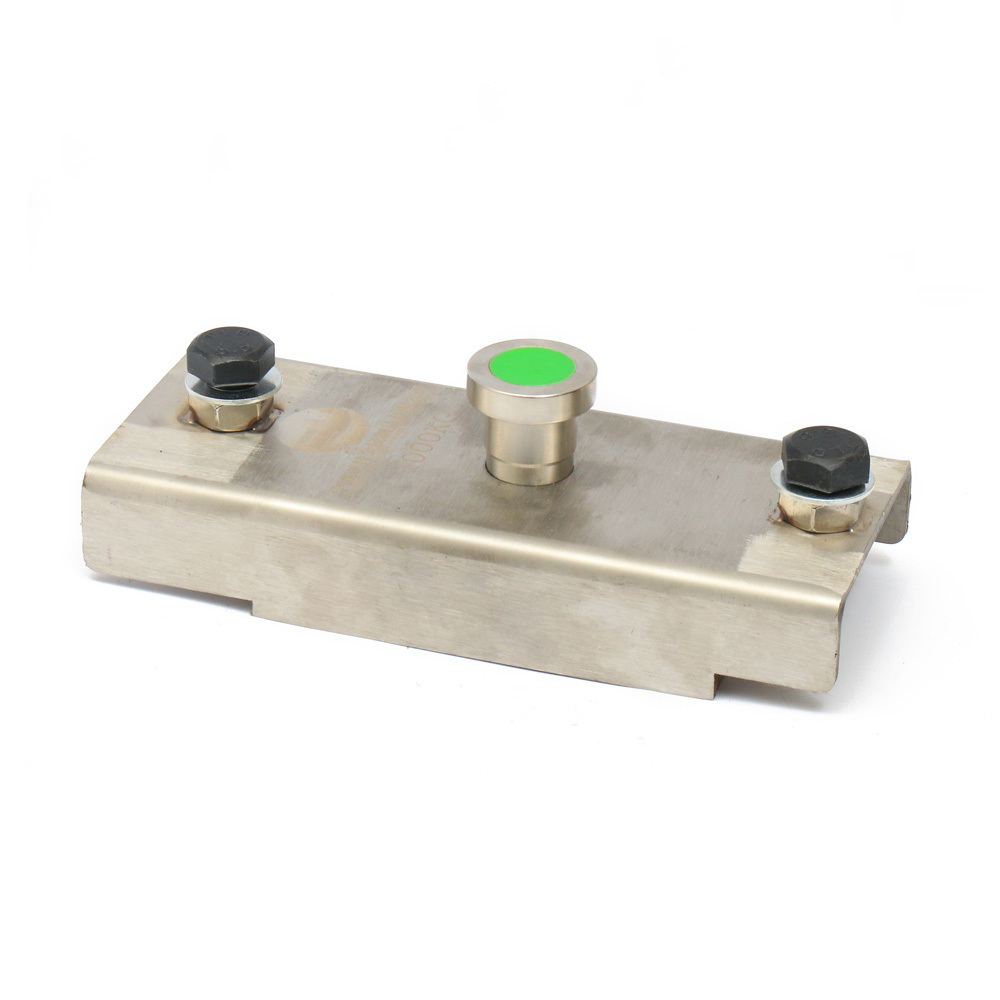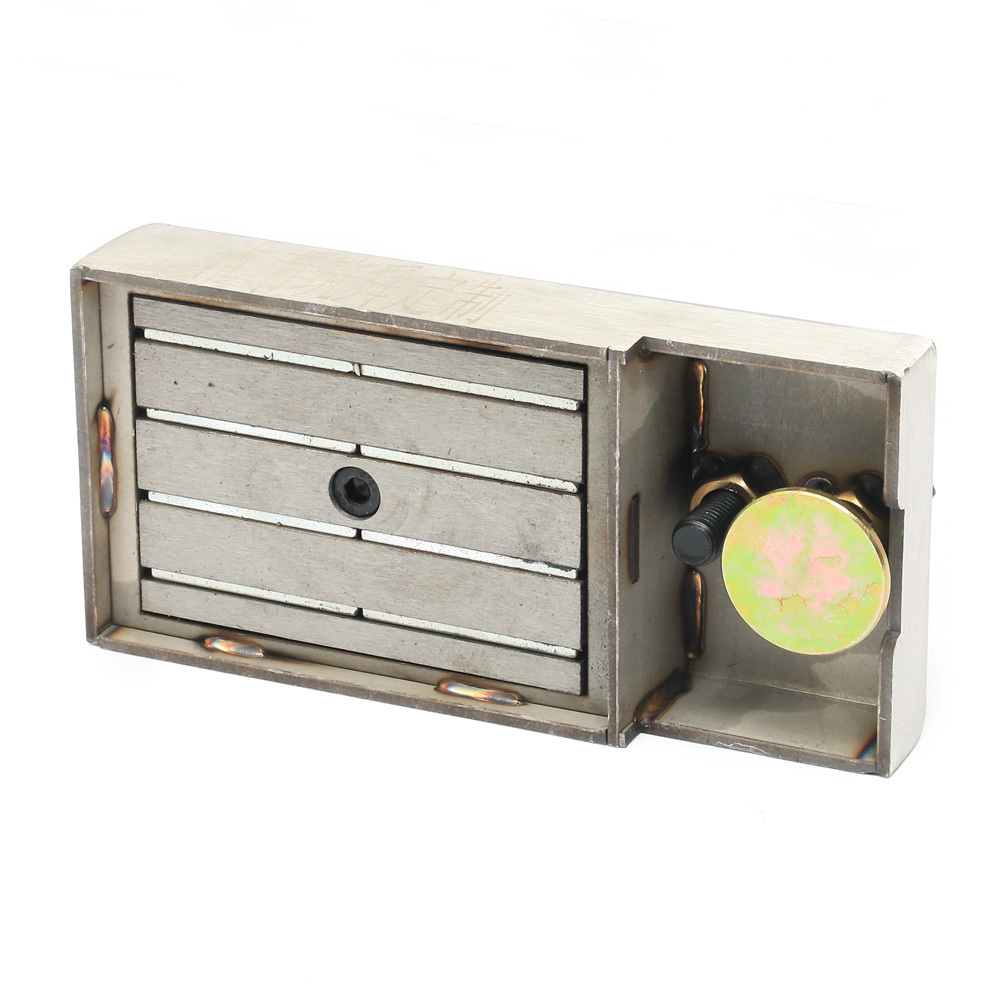Understanding the Materials Behind High-Quality Reusable Shuttering Magnets
Understanding the Materials Behind High-Quality Reusable Shuttering Magnets Introduction to Reusable Shuttering Magnets Reusable shuttering magnets have revolutionized the construction industry by providing an efficient and effective solution for securing formwork in concrete applications. These innovative tools not only enhance the quality of construction but also save time and labor costs. To tr
Understanding the Materials Behind High-Quality Reusable Shuttering Magnets
Introduction to Reusable Shuttering Magnets
Reusable shuttering magnets have revolutionized the construction industry by providing an efficient and effective solution for securing formwork in concrete applications. These innovative tools not only enhance the quality of construction but also save time and labor costs. To truly appreciate their value, it’s essential to understand the materials that compose these high-quality magnets.
The Importance of Material Selection in Shuttering Magnets
Material selection is critical when it comes to the performance and durability of shuttering magnets. The right combination of materials ensures that these magnets can withstand the rigors of construction environments while maintaining their magnetic strength. Various factors influence material choice, including magnetic properties, corrosion resistance, mechanical strength, and temperature stability.
Types of Magnetic Materials Used in Shuttering Magnets
Shuttering magnets primarily employ two types of magnetic materials: ferromagnetic and neodymium. Each offers unique advantages that make them suitable for different applications.
Ferromagnetic Materials
Ferromagnetic materials, such as iron and its alloys, are commonly used in the manufacturing of reusable shuttering magnets. These materials exhibit strong magnetic properties and are cost-effective. Ferromagnetic magnets are particularly beneficial in projects where magnetic strength is paramount, though they may require additional coatings to prevent rust and corrosion.
Neodymium Magnets
Neodymium magnets, or rare-earth magnets, are known for their exceptional magnetic strength relative to their size. This makes them an ideal choice for compact and high-efficiency shuttering magnets. Despite their higher cost, neodymium magnets can significantly reduce the number of magnets needed for a project, ultimately leading to cost savings.
Key Properties of Materials Used in Shuttering Magnets
When selecting materials for reusable shuttering magnets, several key properties must be considered to ensure optimal performance.
Magnetic Strength
Magnetic strength is one of the foremost characteristics that determine a magnet’s effectiveness. It is essential to choose materials that can generate a strong magnetic field to hold formwork securely in place.
Corrosion Resistance
Construction environments are often exposed to moisture and harsh conditions, making corrosion resistance a vital property. Materials that are resistant to rust and degradation ensure longevity and reliability, reducing the frequency of replacements.
Mechanical Strength and Durability
The mechanical strength of materials is paramount in ensuring that the magnets can withstand significant forces without breaking or losing their magnetic properties. High-quality construction materials are essential for maintaining performance over time.
Temperature Stability
Temperature fluctuations can impact the magnetic properties of materials. It is crucial to select materials that maintain their magnetic strength across a range of temperatures, ensuring reliable performance in various conditions.
Manufacturing Processes for High-Quality Shuttering Magnets
The manufacturing process plays a significant role in the quality of reusable shuttering magnets. Understanding these processes helps in evaluating the overall strength and durability of the end product.
Magnetization Techniques
There are several techniques to magnetize materials, including sintering, bonding, and pressing. Each technique has its advantages and is chosen based on the application requirements. For instance, sintering is commonly used for neodymium magnets, while bonded magnets may suit specific applications where flexibility is needed.
Surface Treatments
Applying surface treatments can enhance the durability of shuttering magnets. Coatings such as nickel-copper-nickel or epoxy can provide excellent corrosion resistance, extending the life of the magnets in challenging environments.
Factors Impacting the Performance of Reusable Shuttering Magnets
Several factors can impact the performance of reusable shuttering magnets. Understanding these elements is essential for maximizing their effectiveness in construction projects.
Magnet Size and Shape
The size and shape of the magnet directly affect its holding power. Larger magnets generally provide stronger holding capabilities, while specific shapes can help in reaching difficult areas during installation.
Surface Conditions
The surface condition of the material to which the magnet is applied plays a crucial role in its performance. Clean, smooth surfaces will enhance the effectiveness of the magnetic bond, while rough or contaminated surfaces can significantly reduce it.
Environmental Conditions
Environmental factors such as temperature, humidity, and exposure to chemicals can affect the performance of shuttering magnets. Choosing materials with high resistance to these factors is essential for maintaining functionality.
Applications of Reusable Shuttering Magnets in Construction
Reusable shuttering magnets find applications in various areas of construction, providing solutions tailored to specific needs.
Concrete Formwork Systems
In concrete formwork systems, these magnets are used to secure panels and molds, ensuring precise alignment and stability. Their strong holding power allows for efficient construction processes with minimal adjustments.
Precast Concrete Manufacturing
During the precast concrete manufacturing process, shuttering magnets facilitate the quick assembly and disassembly of molds. This efficiency reduces labor costs and accelerates production timelines.
Temporary Structures
In temporary structures, such as scaffolding and support frameworks, reusable shuttering magnets provide quick and reliable solutions for securing components. Their ease of use makes them a preferred choice for contractors.
Choosing the Right Shuttering Magnet for Your Project
Selecting the appropriate shuttering magnet for your project involves several considerations.
Assessing Project Requirements
Evaluate the specific requirements of your construction project, including the type of concrete, the complexity of the formwork, and environmental conditions. Understanding these factors will help in selecting the right magnet.
Comparing Materials and Techniques
Compare different magnet types, materials, and manufacturing techniques to identify the best fit for your needs. Consider factors such as strength, durability, and cost-effectiveness.
FAQs About Reusable Shuttering Magnets
1. What are reusable shuttering magnets made of?
Reusable shuttering magnets are typically made from ferromagnetic materials or neodymium, known for their strong magnetic properties and durability.
2. How do I choose the right size of shuttering magnet?
Select the size based on the weight and type of formwork you are using, ensuring you have adequate holding power for your specific construction needs.
3. Can shuttering magnets be used in outdoor conditions?
Yes, high-quality shuttering magnets are designed to withstand outdoor conditions, but choosing materials with excellent corrosion resistance is important.
4. How do I maintain reusable shuttering magnets?
Keep magnets clean and free from debris, and inspect them regularly for signs of wear or corrosion. Apply protective coatings if needed.
5. Are there any safety concerns with using shuttering magnets?
While shuttering magnets are generally safe, ensure they are used according to manufacturer guidelines to prevent accidents or injuries.
Conclusion
Understanding the materials behind high-quality reusable shuttering magnets is imperative for achieving optimal results in construction projects. By selecting the right materials, considering key properties, and employing effective manufacturing processes, we can maximize the benefits of these innovative tools. Whether you are involved in concrete formwork systems, precast concrete manufacturing, or temporary structures, the right shuttering magnets will significantly enhance your workflow and efficiency. With proper knowledge, you can make informed decisions that lead to successful construction outcomes.
MORE
07 Jul,2025
Formwork Magnet is an innovative product designed specifically for building formwork engineering.
DETAILS
06 Jul,2025
Exploring the Benefits of Precast Formwork Magnets in Electrical Applications
Precast formwork magnets play a vital role in the construction and electrical industries, particularly when it comes to the assembly of precast concrete elements. These magnets offer a unique solution that greatly simplifies the process of positioning and securing formwork during concrete casting. By employing precast formwork magnets, companies can achieve a level of efficiency and precision that
DETAILS


